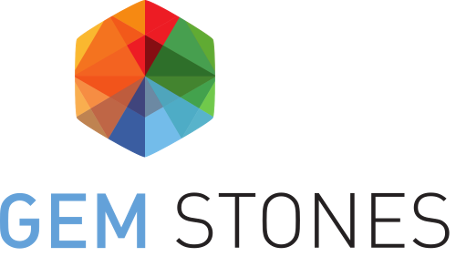Introduction: Enclosures and discontents Primitive accumulation and resistance under globalised capital
In the global present, violent conflict, crisis and austerity politics, and corporate expansion are forcing new and reworked forms of dispossession and enclosure, but also kindling new and reworked modes of resistance. The violence of what Marx referred to as ‘primitive accumulation’—the transformation of the social means of production into capital by means of mass dispossession—would therefore appear to be very much alive in our times. This special feature has been conceived to consider the extent to which the concept of primitive accumulation has analytical purchase in the present, the degree to which it requires adjustment, and the ways in which peasant and Indigenous critiques demand its reformulation or even its abandonment. In Marx’s formulation, itself adapted from that of Adam Smith, primitive accumulation described the processes by which the capitalist mode of production is violently instigated. Marx’s theory further relied on a dual aspect by which separation from the land in the form of dispossession, along with integration into the labour market in the form of proletarianisation, combine simultaneously to violently dislocate Indigenous and other non-capitalist communities from their diverse, often communitarian and self-sufficient, means of production. The papers brought together within this special feature variously interrogate four prominent points of contention in Marx’s original theorisation. The first of these is the temporal assumption invested in primitive accumulation as a set of originary processes occurring to instigate capitalist integration; processes which are therefore understood to be prior to, and separate from, subsequent patterns of accumulation. Vital adjustments of Marx’s work have sought to correct this temporal restriction and bring dispossession within broader theories of accumulation by drawing attention to the repetitive and ongoing enclosures found broadly across the global economy.
Link: here
![]()
This project receives funding from the European Union's Horizon 2020 research and innovation programme under the Marie Sklodowska-Curie Grant Agreement No 722826.
















